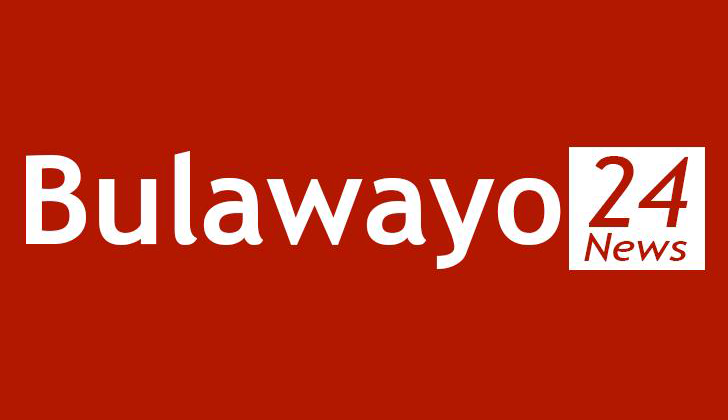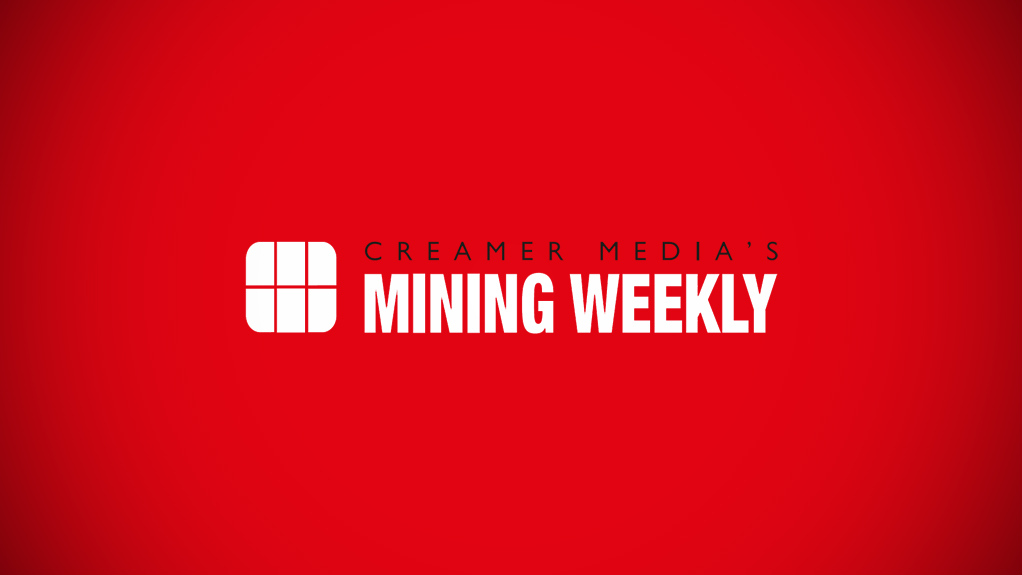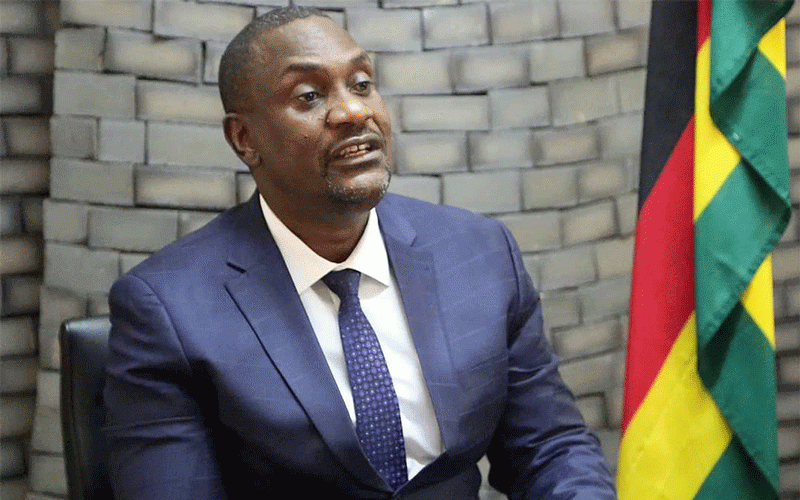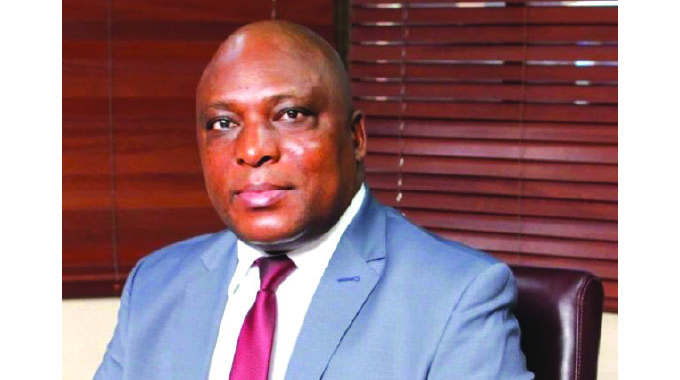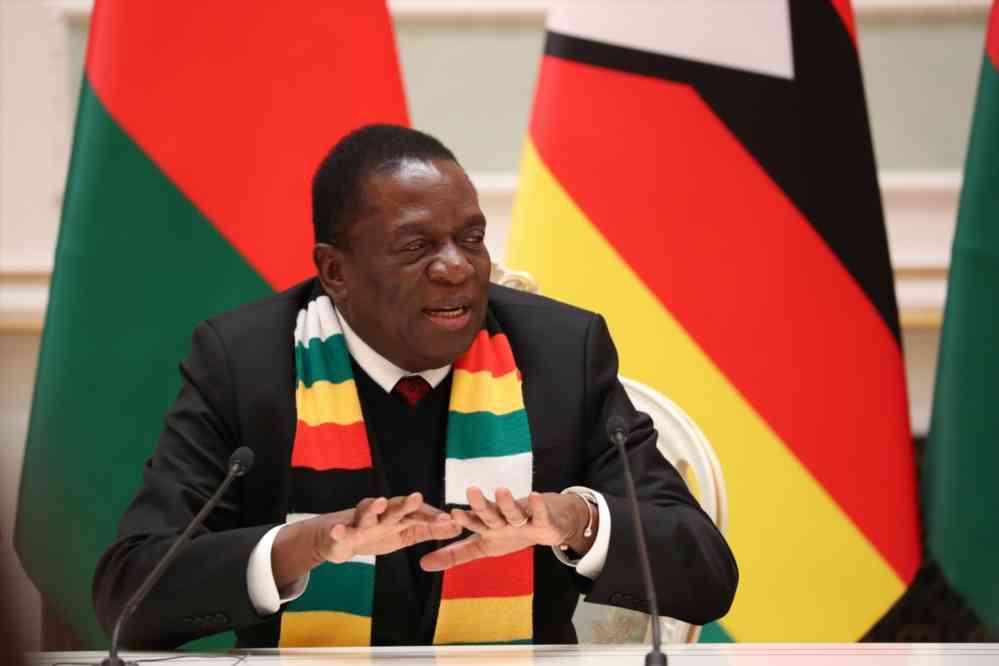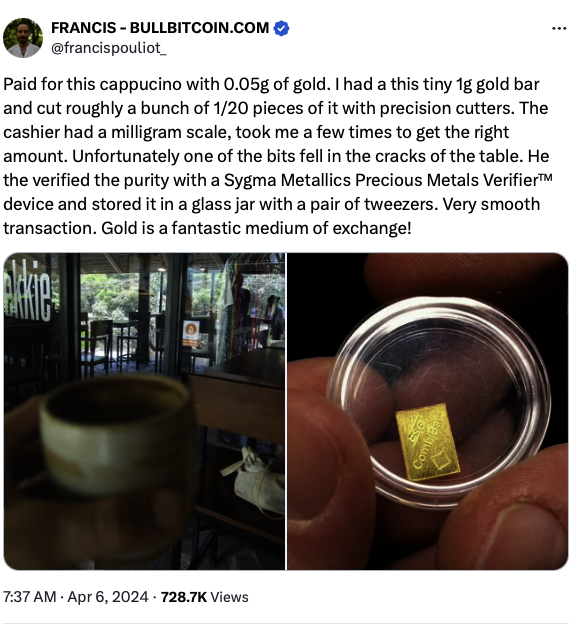Zimbabwe Lets Currency Free-Fall While It Weighs Gold Standard
(Bloomberg) -- Zimbabwe, the poster child of hyperinflation, is allowing a free fall in its currency that it’s no longer keen to defend and is instead working on a new exchange rate potentially backed by gold.
...
“They’ve left the exchange rate to go,” said Tony Hawkins, an economist and former professor at the University of Zimbabwe. “I had never thought that the rate would be allowed to go like this. It means they are thinking of a new currency.”
This is Zimbabwe’s sixth attempt to have a functional local currency since 2008 when inflation crossing 231 million percent left it worthless. Despite previous failures due to lack of public confidence — the oxygen of any fiat currency — President Emmerson Mnangagwa announced this February his government will introduce a “structured currency.” Then, Finance Minister Mthuli Ncube said it may be backed by gold and the central bank postponed its monetary-policy statement to give final touches to the plan.
The indefinite postponement of the monetary-policy statement has triggered anxiety among investors, leading to speculation about whether policymakers are in agreement over how to roll out the proposed change, according to the country’s largest independent asset manager, Imara Asset Management, which oversees over $100 million.
“Neither the minister nor the central bank has come out with a clear and rationale reason around the delays,” said Shelton Sibanda, chief investment officer at the Harare-based brokerage. The lack of clarity has resulted in a “wait-and-see attitude, which is not good for planning purposes. If you are not sure how the proposed changes will impact your business, you adopt a cautious approach,” Sibanda said.
When Zimbabwe makes the switch, it will be the only country in the world with the gold standard.
...
The government then made the use of the US dollar illegal in 2019, but reversed that decision upon realizing that economic activity won’t happen without it. It has also been toying with gold over the last two years — introducing gold coins in 2022 and gold-backed digital tokens last year as a way to help ease the high demand for US dollars. The current plan to have a gold-linked paper currency is the culmination of this trial-and-error process.
Lingering Uncertainty
While people wait for the newest plan on the currency, the government itself is signaling its lack of confidence in the Zimbabwe dollar by using the greenback for some of its activities such as passport fees and road tolls.
Meanwhile, the central bank is preparing for a new governor at the end of April, when John Mushayavanhu will replace incumbent John Mangudya. An announcement of the structured currency may be waiting for the leadership change. In the meantime, the nation has been shoring up its bullion reserves, presumably to support the gold standard.
...



